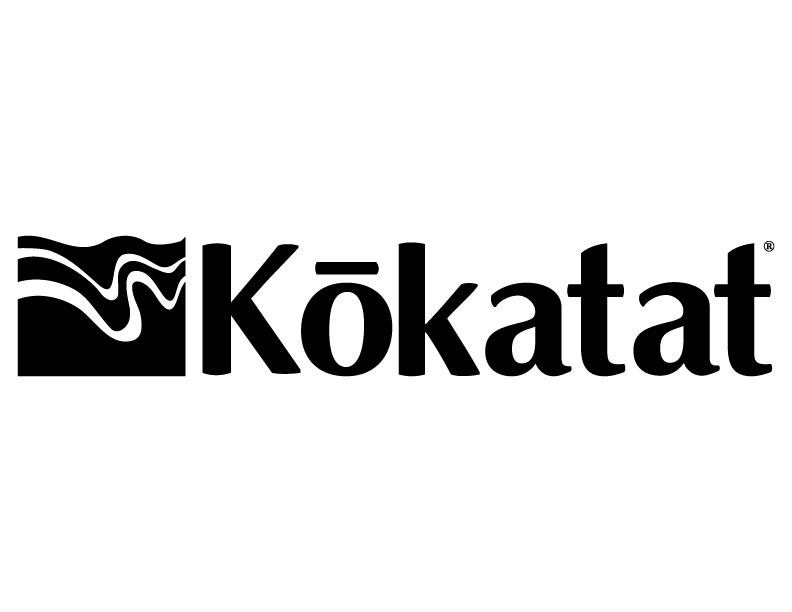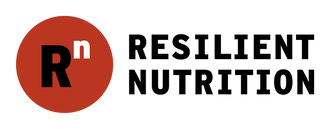“During the climb, I never get afraid. But you can't lose your fear - it is really important. If you lose it, you are going to die.”
-Ueli Steck, Swiss alpinist
Endurance training is all about getting used to stuff. Open water swimmers adapt to cold, high-altitude mountaineers aclimatize, ultra runners build an aerobic base to go faster at an easy pace.
You can train for fear in the same way. It’s called becoming “fear adapted” or “expanding your comfort zone.” Here’s how it’s done according to the bible of endurance training and expedition mindset, Training for the New Alpinism,
“There is a training adaptation to fear: the more you increase your exposure to fear, the more exposure you can handle.” (Training for the New Alpinism, 390).
It’s important to have one-off tactics for when fear comes up or becomes overwhelming, but by expanding your comfort zone, you address the fear issue in general by increasing your fear tolerance. What once made you grip the paddles in terror is now no big deal.
“Dipping your toe in”
For The Lap, one of my training goals is to expand my comfort zone so that it’s greater than what I expect to experience on a given day out there. To do this, Mike suggests “dipping your toe in.”
Training for fear adaptation can work against you if you try to take on too much at once. It’s better to experience scary conditions in short, manageable bursts and work to gradually increase your exposure.
I do a lot of my rough water work paddling in and out of a cove near my house. I can always retreat to the shelter of the cove if it gets too rough, and this fallback gives me the confidence to go out in stuff I would never risk somewhere more committing.
Looking at the route I’ll be paddling next year, it’s clear that I’m going to have to get comfortable being miles from shore much of the time. To prepare for this, I’m working bay crossings into my fitness sessions and plotting courses that put me out in open water rather than hugging the shore.
The comfort zone is not the same thing as a blind spot.
One way to feel comfortable in a scary situation is to be oblivious to the danger. Beginners panic over things that aren’t a big deal and are unaware of real dangers, and they lack the experience to know the difference. If you’re new to a sport like sea kayaking, your priority should be gaining experience in a safe way—by paddling with a guide and/or a group—and learning how to read the water and assess risk.
Experienced folks can find themselves in a blind spot when they become desensitized to fear. No matter how fear-adapted you become, you must always maintain enough situational awareness and emotional intelligence to know when danger is present—even if it doesn’t set off the alarm bells of acute fear.
Thanks for reading,
-Charlie
Thank you to Mike Jones for coaching and guidance.
Kokatat is the official gear sponsor of The Lap.
The lap will be fueled by Resilient Nutrition’s Long Range Fuel and bars.
Expedition coffee by 3fe.









Great update. Stay strong and safe. Loved “oblivious to the danger.”